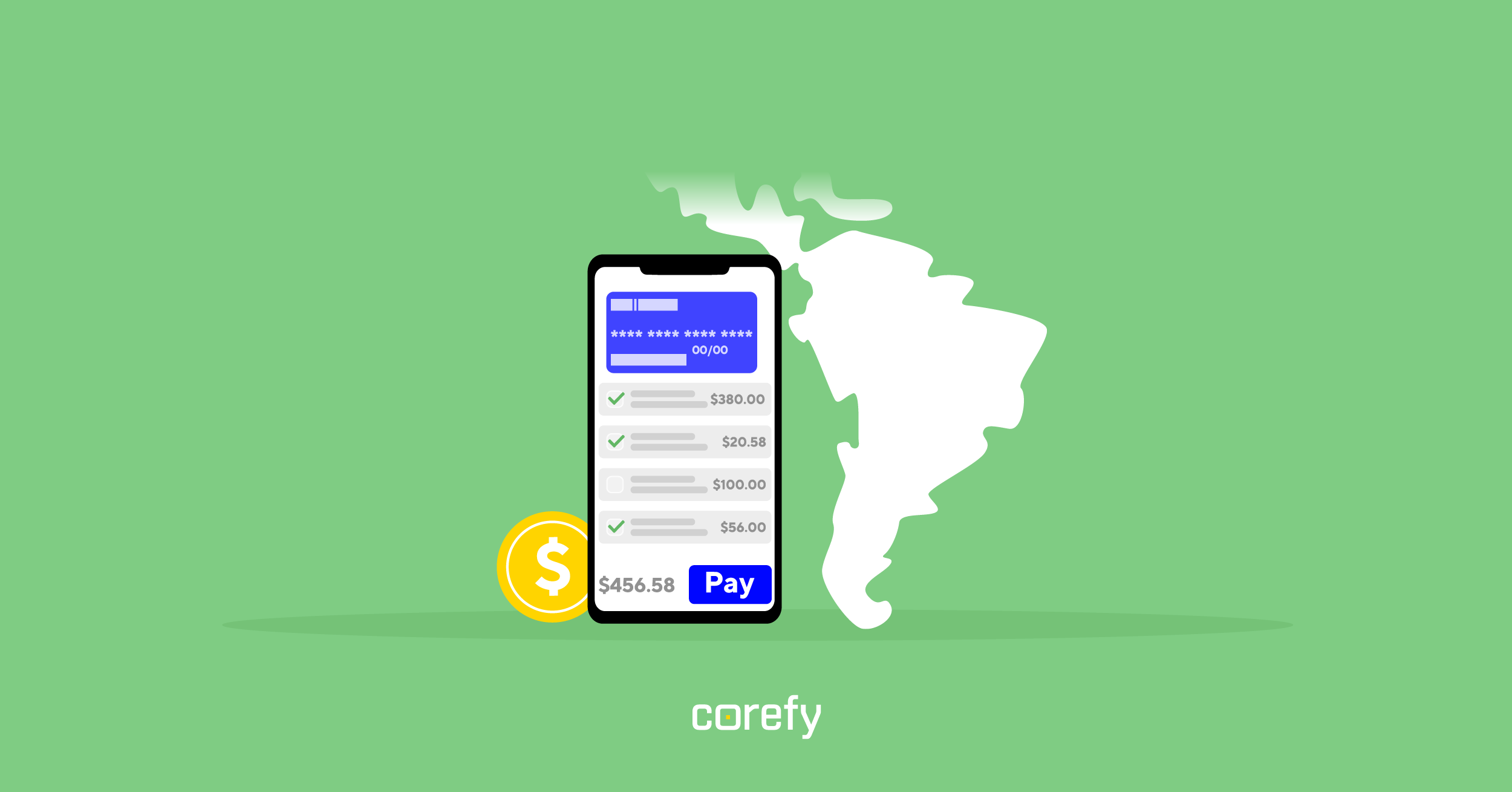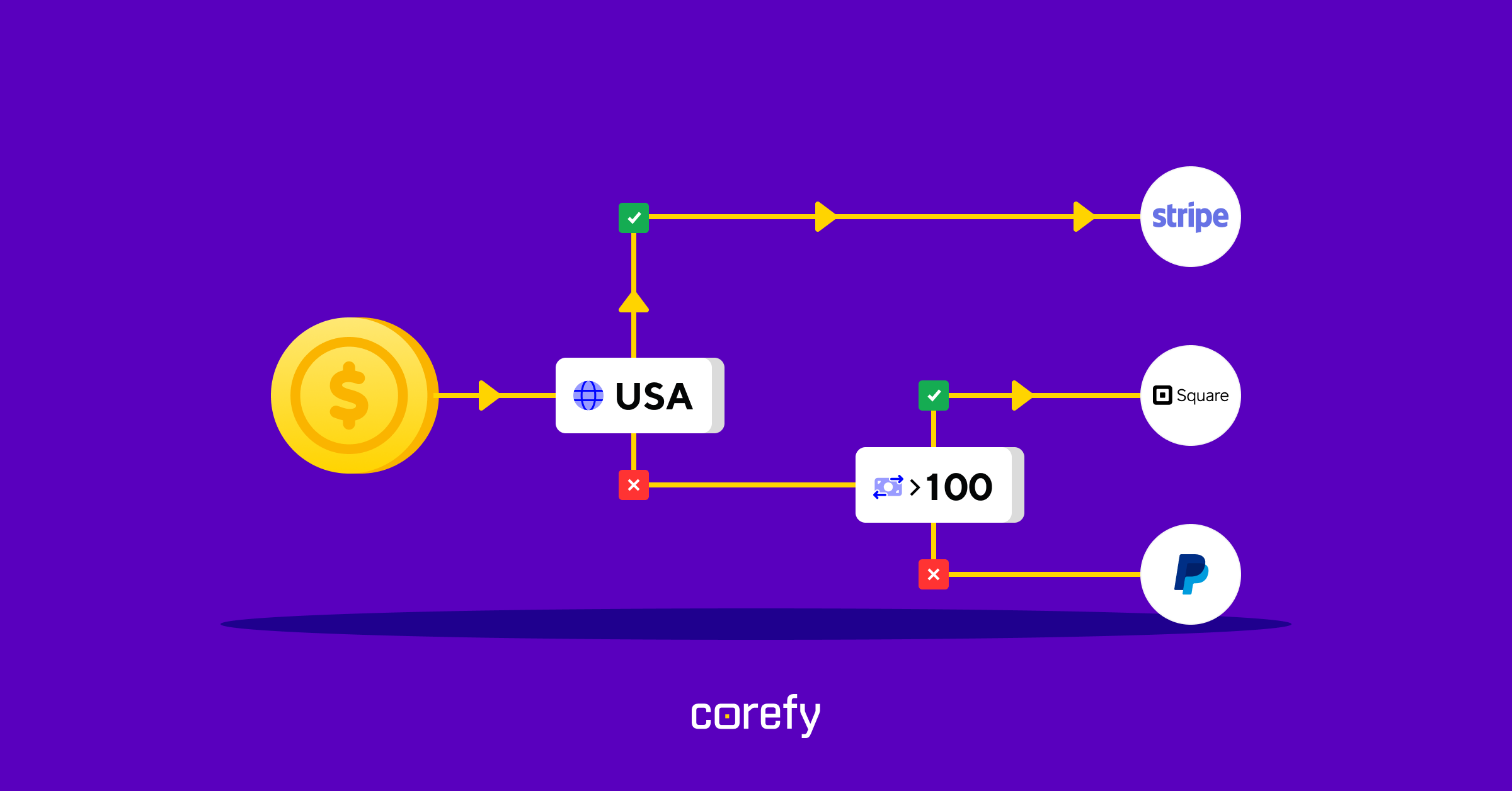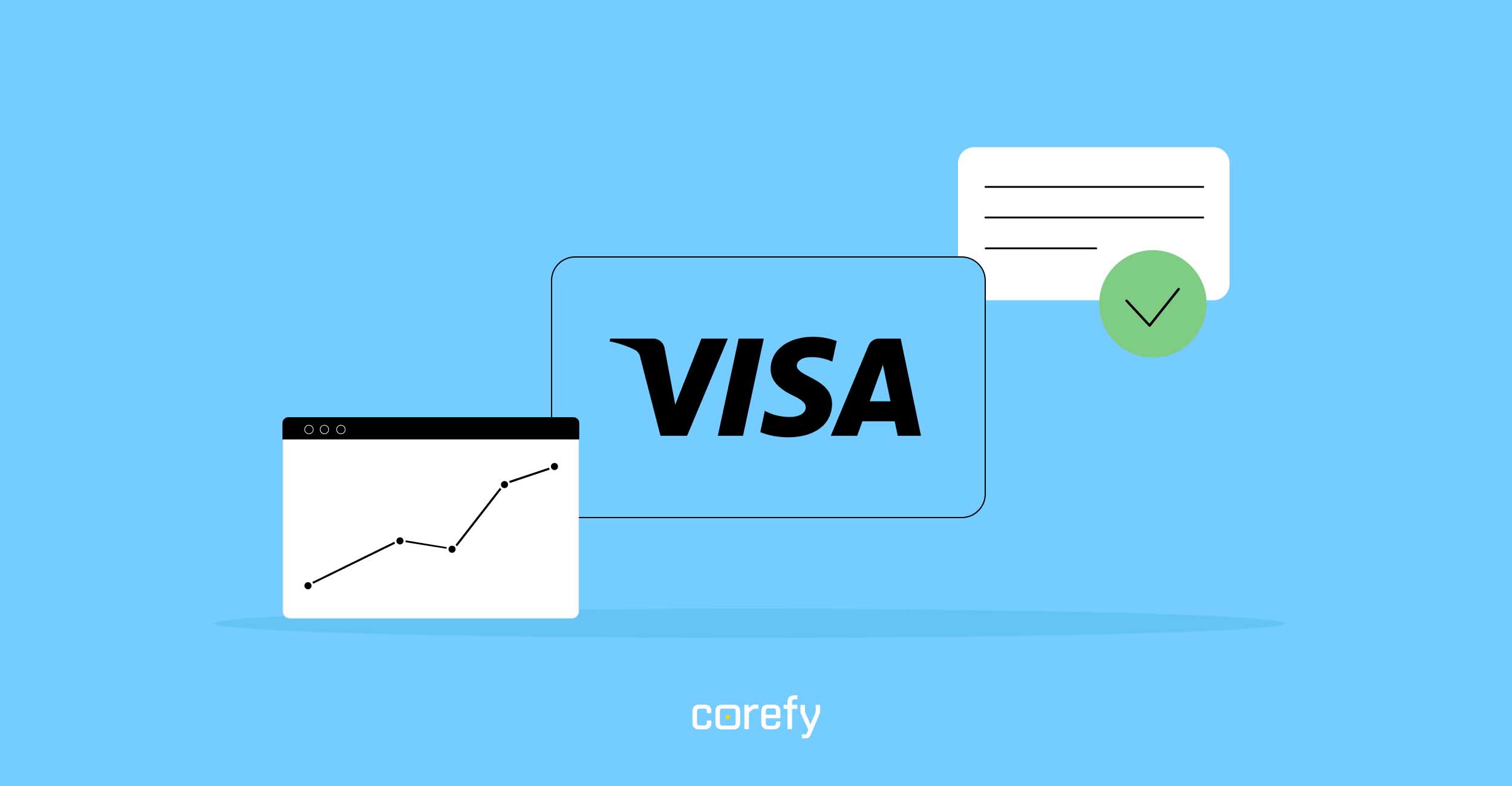Expansion to new regions is a logical option for developing a business that is overgrowing its domestic market. At that time, each company, accustomed to stability and comfort, enters an unknown environment filled with challenges. To overcome this, businesses should execute research and develop an expansion strategy.
This article is intended to help you expand your business to the Latin American market.
Latin American market overview
Latin American region represents a cluster of promising markets, among which Brazil, Mexico, and Argentina stand out. However, the market in Latin America is not as highly competitive as in the United States and Europe, where most entrepreneurs with global ambitions work.
According to the Swiss Re Institute, the Latin American gross domestic product (GDP) experienced solid growth in 2022 and a mild slowdown in 2023. It is expected to grow by 1.7% in 2024. Latin America is now ahead of even the United States in terms of high-speed and mobile internet growth. The number of mobile internet users in Latin America is expected to reach 424 million by 2025. Meanwhile, 70% of Latin Americans have smartphones, which makes them one of the most connected populations in the world. This level of internet accessibility opens up new ways and opportunities for communication and, as a result, contributes to rapid growth in many sectors of the economy.
According to Goldman Sachs's review of emerging economies, Brazil and Mexico will be among the top 10 largest economies in the world by 2050. These circumstances make the region attractive for global companies and investors. Moreover, consumers’ habits have changed since the time of social isolation and digitalisation, giving global companies many opportunities to enter this promising market.
How to expand to Latin America: 4 key strategies
Latin America tends to copy and adapt the world’s high-tech services to local realities almost instantly. The region has analogues of Uber and Amazon. An Argentinean marketplace, Mercado Libre, has bitten off such a share of eBay's potential market that the latter was forced to enter into a strategic alliance with a local competitor.
Original projects do not always have time to approach the Latin American market. Usually, local entrepreneurs are quicker to create similar services. It is not profitable for world-renowned companies to enter the Latin American markets.
- Mind local culture and region’s specificity. Before entering the new market, it would be nice to define a country to start with and study it closely. Some people perceive Latin America as a single region or lay emphasis only on a few large countries. However, each of the countries has its own characteristics that directly affect business performance. They include local regulations — licensing, certification, etc., and local customs, which often strongly impact business development.
- Follow the rules of local business performance. In Argentina, for instance, a business focused on domestic demand may do well, but withdrawing money abroad will be almost impossible. It is also important to determine the importance of the political structure of the country’s market. For example, only seven countries in the region belong to countries with a free democracy. These are Argentina, Brazil, Paraguay, El Salvador, Uruguay, Chile, Peru, and Costa Rica.
- Don’t understate the competitors. For the countries of Latin America, China is an important strategic partner. Take into account this factor and plan how your company will compete with such a major player. The volumes of import and export operations are growing. But still, China is supplying much more goods to Latin America than it buys from it. Also, China occupies the majority of free business niches in Latin America, and investments go in various directions: from agriculture to IT and HiTech.
- Don’t put everything on the line at once. It is worth visiting a foreign market for business development before launching a project in it. At least do not invest all the money in the project at once. This is one of the common mistakes many companies make. In Latin America, there are countries such as Chile, Argentina, and Costa Rica where the local population treats foreigners very well. But knowledge of Spanish is critical here.
Preferred payment options in Latin America
The regional market shows particular interest in new B2B solutions for medium and small businesses. Compared to the United States and Europe, entrepreneurs in Latin America do not have a wide choice of marketing, sales, infrastructure, and enterprise management tools. In general, online commerce is growing rapidly in this region, especially in Argentina. A large number of online shoppers is concentrated in Chile.
- Credit and debit сards. Bank cards account for a large share of online payments in Brazil, Colombia, Mexico, and the Dominican Republic. Credit and debit card usage is widespread in urban areas and among middle — to high-income demographics. Visa, Mastercard, and local card networks are commonly accepted.
- Cash. Despite the growth of digital payments, cash remains a popular payment method in Latin America, particularly in rural areas and among lower-income populations.
- Bank transfers. Bank transfers are commonly used for online purchases and bill payments, especially among more financially literate and tech-savvy consumers.
- E-wallets. Digital wallets, such as Mercado Pago, PayPal, and others, are gaining popularity, especially for online transactions and peer-to-peer payments.
- Payment gateways and local payment systems. In Brazil, a third is accounted for its own Boleto Bancário payment system, together with bank cards of local payment systems, which occupy 93% of the market. Also, payment platforms like PagSeguro and Mercado Pago in several countries offer a range of payment options, including credit cards, bank transfers, and digital wallets, making them convenient for both businesses and consumers.
- Cash-on-delivery (COD). COD is still prevalent in some regions. It allows customers to pay for goods upon delivery, providing a sense of security for online purchases.
Expanding to new markets is an effective way to grow a business. But the success of such a step largely depends on thorough preparation and willingness to take risks. When planning to launch a project in Latin America, it is worth looking at the specifics of doing business in each country because they can become critical restrictions for founders.
How Corefy helps enter the Latin American market
At Corefy, we provide growing businesses with a holistic platform for efficiently entering and performing in new markets. Our solution allows connecting new payment methods in a few clicks and enables working with multiple payment providers conveniently, managing everything in a single place. Working with Corefy, you get a dedicated manager with a deep understanding of the global payment market and experience in dealing with payment providers and acquirers, who will eagerly help you scale up efficiently.
Contact our team, we are ready to assist you with choosing the most relevant payment strategy to expand your business to any market.





.jpg)

.jpg)



.jpg)

.jpg)